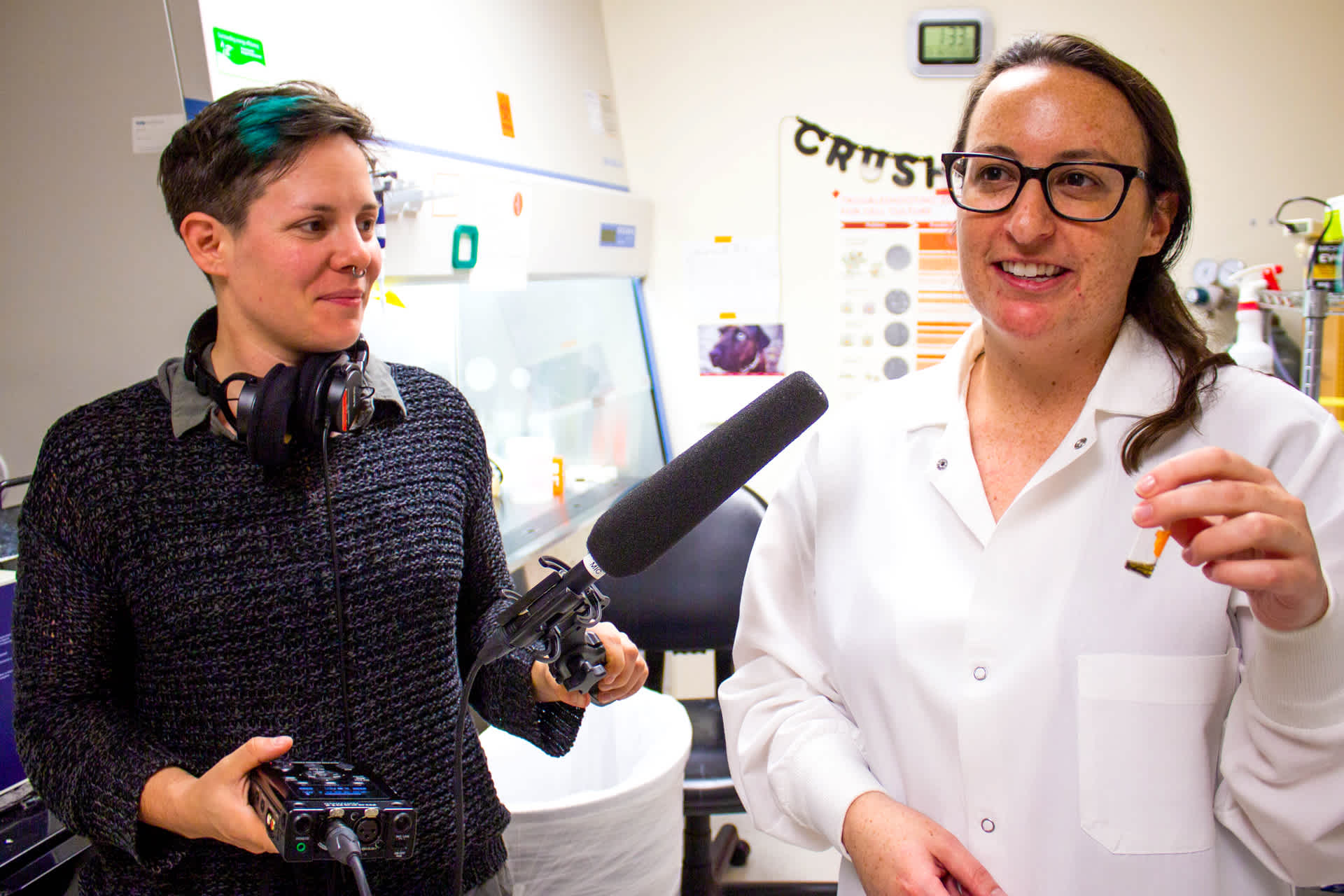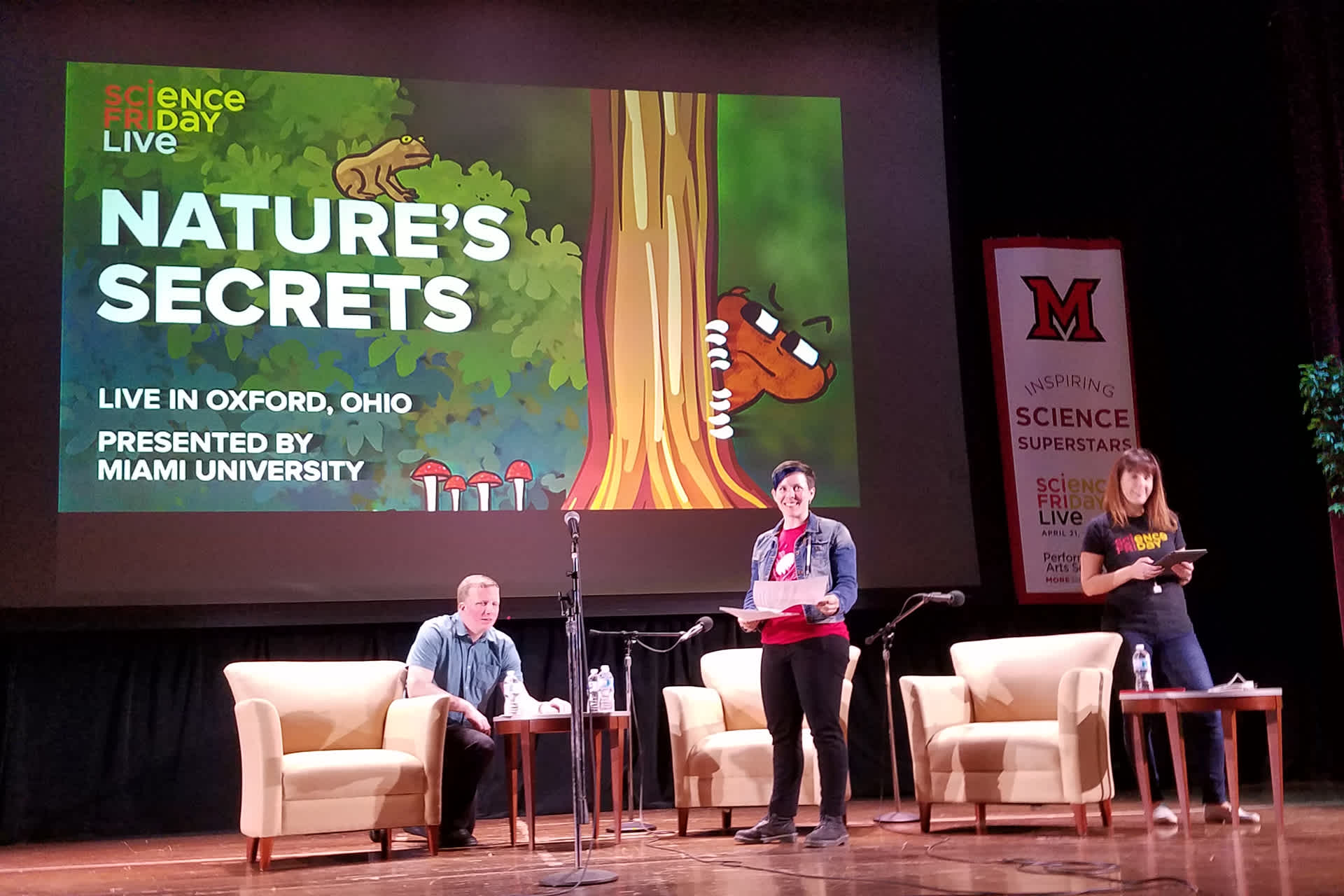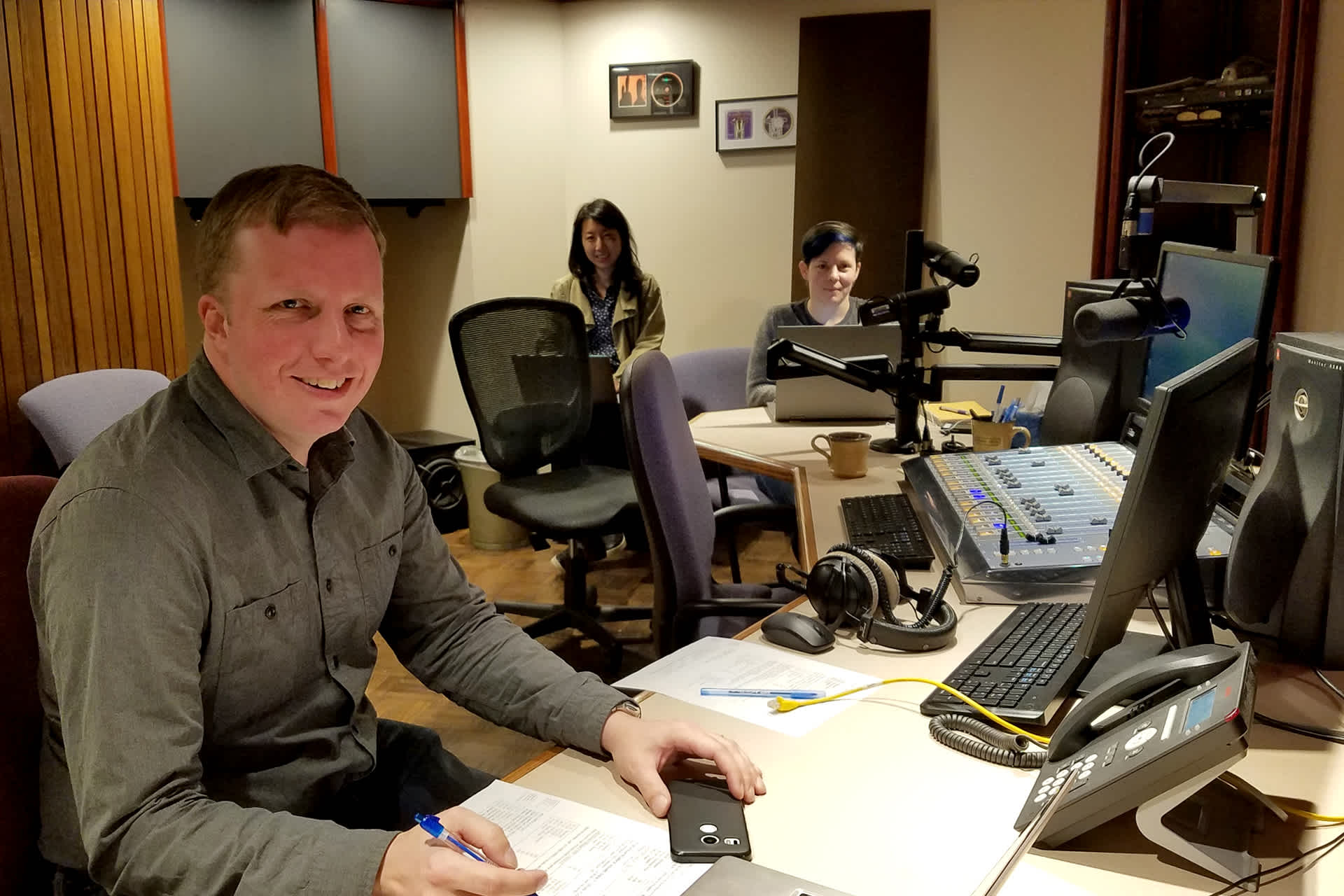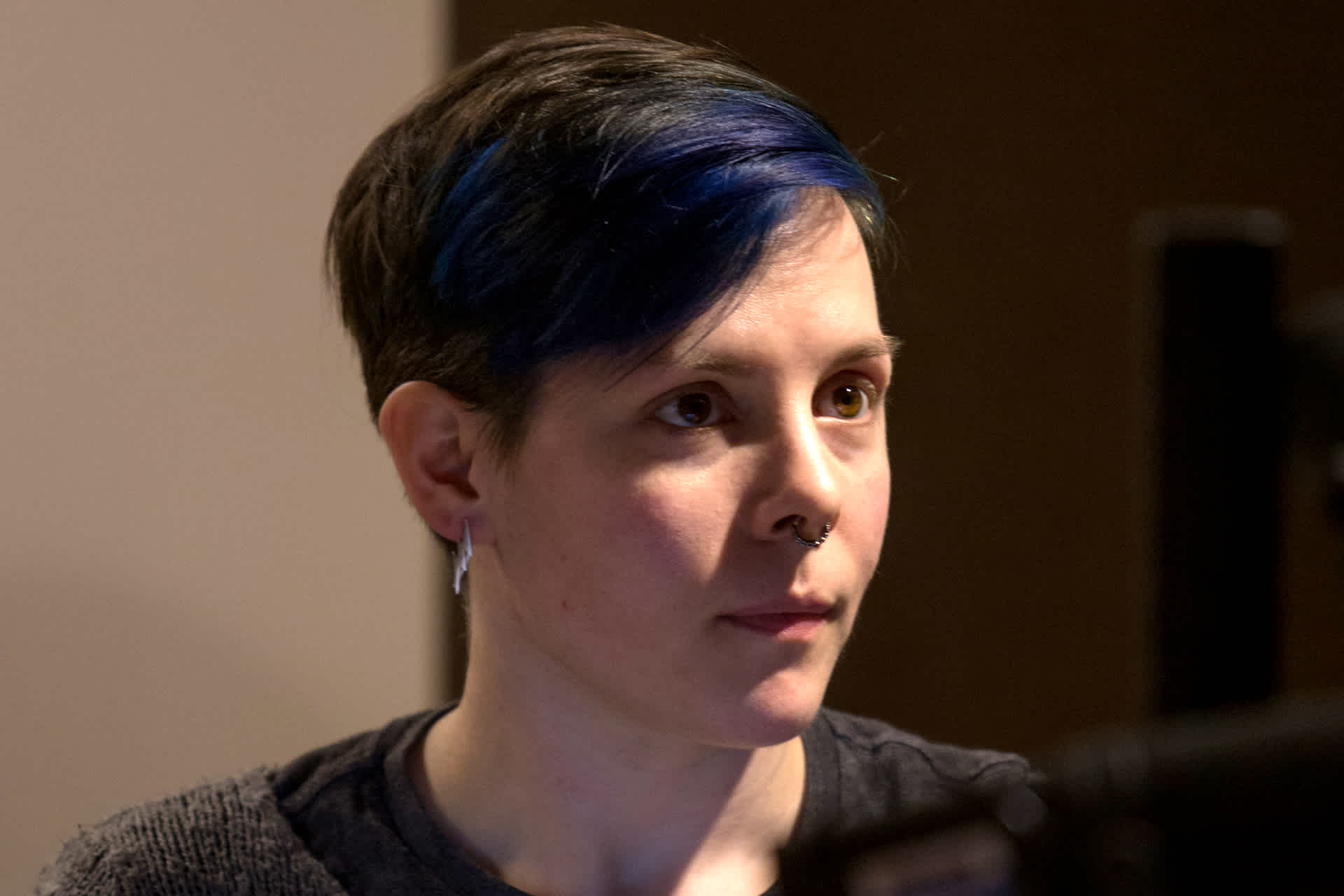Work Week: Podcast Producer

Christie Taylor is a producer for the popular radio show and podcast Science Friday, on National Public Radio. She’s a journalist whose stories are written to be heard. When listening to Science Friday, pay attention to the questions that the show’s host asks the guest scientists, and even to the scientists’ succinct, easy-to-understand responses. That’s Taylor’s work. She works behind the scenes, but she shapes each show from beginning to end. Follow Taylor to see how every week, a producer gets Science Friday on the air.

On Monday morning, Taylor meets with the other producers and the show’s host, Ira Flatow, to pitch ideas for the week’s show. These might come from a new scientific report or a story in the news. Once the stories are chosen, Taylor gets to work. First, she has to figure out the best person to talk to for each segment. “I’ll do a preinterview,” she says. “It’s often a much longer interview than what you hear on the radio. I ask them about their work. I’m trying to figure out what’s complicated about this topic, and how we can make it less complicated. What does the audience want to hear?”
Taylor might visit a laboratory to see a scientist on the job. “I love working with young scientists,” she says. “Sometimes, they’re fans, and they’re really excited about being asked to go on the show, and they’re nervous.” Taylor helps them find the best way to communicate their work to a general audience, who may not know much about the topic. “Let's find words that are a bit more approachable for people,” she might say, teasing out the most interesting details.

Taylor is particularly drawn to space stories. She once visited the Jet Propulsion Laboratory, near Pasadena, California, where NASA was trying to figure out why the wheels on the Mars Curiosity rover kept breaking. NASA engineers didn’t want the same thing to happen on the new rover, Perseverance. “They have a fake Mars,” Taylor says. “They call it the Mars Yard, where they drive these duplicate rovers around to try to figure out what’s going on with the wheels. And I got to go out there and interview the engineers. I recorded the sounds of these wheels, which was actually horrible, like a tin can. I am always thinking about sound. The wheels were definitely one of the pieces of sound that I was most excited about.”
This kind of reporting brings together interests Taylor has had since she was a student. “In high school, I was really into science and English. And I continued that double life in college. I thought I wanted to be a biology major, but I kept taking creative-writing classes. I agonized over what to be. At some point, a counselor said, ‘Have you thought about journalism?’ So I took a journalism class. And I realized, ‘Oh, I just get to talk to people and learn about them, and then tell other people about it.’”
Before the pandemic, Science Friday was broadcast live, which meant Taylor had until the end of each week to plan for the show. Nowadays, all the work has to get done by Wednesday, including the interview and recording. So by Wednesday, the guest scientist has been booked, and Taylor has written a script. “Wednesday is a big, stressful day,” she says. “We record everything before it airs.”

Then it’s time to edit the recording, which Taylor does on her own. This is when she creates the segment that audiences will hear on Friday’s show. “I have to make sure if we talk to someone for 25 minutes, I get it down to the 15 minutes we have on the air. That means erasing everything that doesn’t quite fit, and deciding which questions won’t make it into the final edition.”
On Friday, the show is broadcast. Taylor calls Friday a “very chill day.” She says, “We listen to our hard work and pat ourselves on the back. At the end of the week, we’ve got this beautiful symphony. I say symphony because everyone practices and refines their own piece of the thing, and then you bring it together into this gorgeous, collective experience. That’s what a well-run show feels like.”

